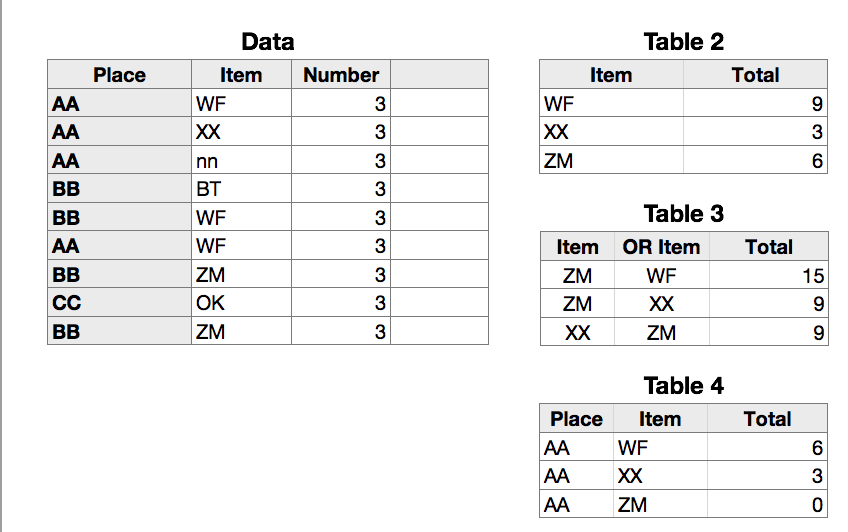$ is the absolute reference operator. B is a reference to 'all the non-header cells in column B, $B fixes that reference to the same cells when the cell's contents are filled to other cells (or placed in other cells using Copy/Paste). In this case, the $ is probably not necessary, as we are not filling the formula into other columns.
A2 is a reference to cell A2. $A2 makes the column reference 'absolute,' fixing it on column A, but leaves the row reference 'relative'. A$2 leaves a relative reference for the column, while making the row reference 'absolute'. $A$2 makes both the column and row reference absolute (fixed).
In th formula, the reference in the formulla in B2 is A2. As the formula is filled down the column, that reference changes—in B3, it will be to A3, in B4 to A4—alway to the cell in the same position—one cell to the left in the same row—relative to the cell now containing a copy of the formula.
For more than one condition, what you'd do depends on how the conditions apply.
Do you want to include the amounts where 'this' is true OR 'that' is true, and exclude the amounts where neither of these is true? If so, use two SUMIF statements and add the results.
Or do you want to include only those amounts where 'this' is true AND 'that' is true? If so, then use SUMIFS.
Here's an example, using my earlier tables, with added data:

Table 2::C2 has the same formula as before: =SUMIF(Data::$B,A2,Data::$C)
Table 3::C2, and filed down: =SUMIF(Data::$B,A2,Data::$C)+SUMIF(Data::$B,B2,Data::$C)
Each of the conditions (=ZM and =WF in row 2) is evaluated separately. If either is true, the amount is included in the total.
Table 4::C2: =SUMIFS(Data::$C,Data::$A,A2,Data::$B,B2)
Both conditions (Place =AA and Item =WF in row 2) must be true for the amount to be included in the total.
Regards,
Barry